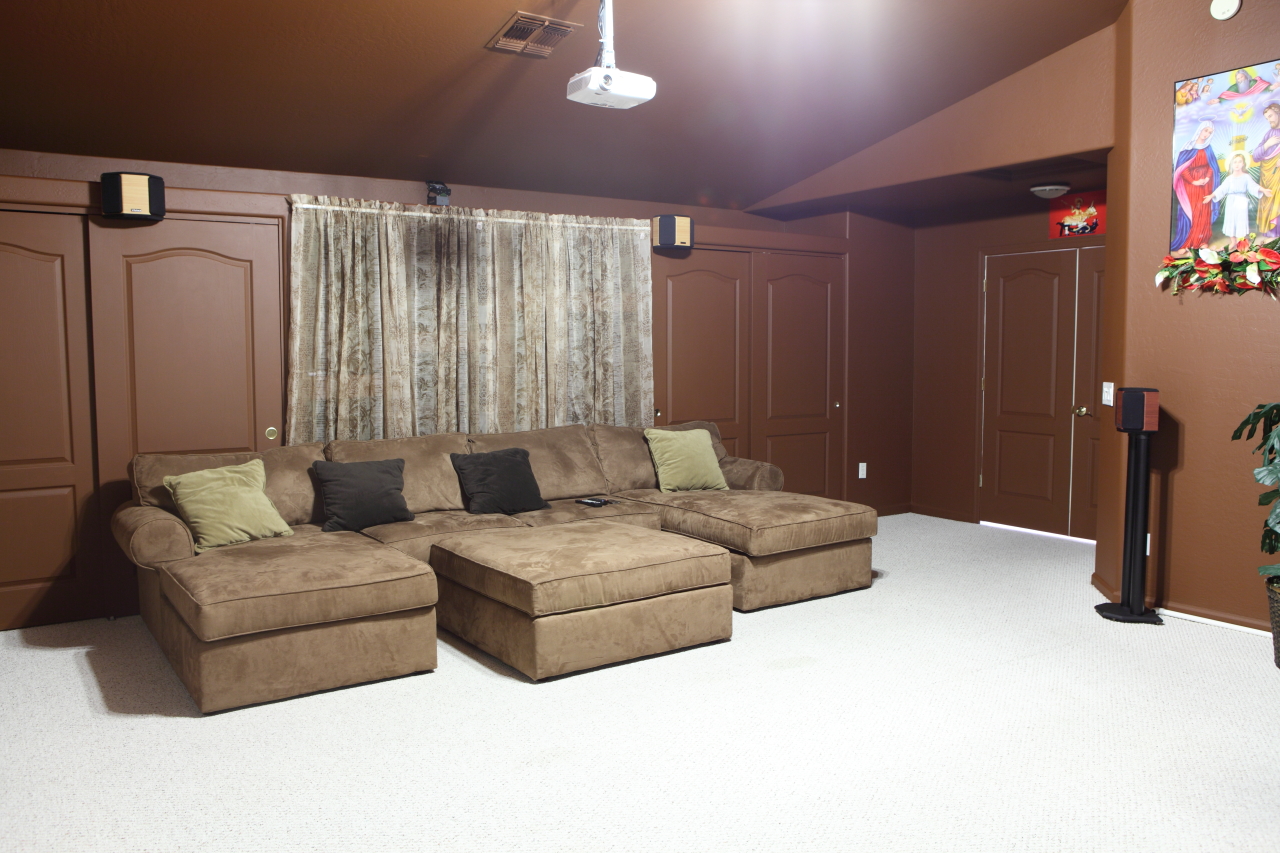The Listening Room: Reflection and Absorption
In the quest to get smooth, well-balanced sound reproduction in our homes, the one component we often ignore is the listening room itself. When speakers are accused of being "too harsh or too bright" or "too dull," it’s often the reflective or absorptive traits of the room’s furnishings and décor that are shaping the speakers' sound rather than any intrinsic problem with the speakers.

The majority of loudspeakers designed for home listening have their tonal balance adjusted so they’ll sound smooth and natural when heard in living rooms that are "typically" furnished: rugs or carpet on the floor, upholstered furniture, curtains of some sort, and bookcases on at least one wall.
But in rooms with tiled floors, with walls of exposed glass and bare brickwork, an otherwise well-balanced speaker may have too much midrange and treble energy bouncing about the room. With midrange and treble sounds, these surfaces react like mirrors and light, reflecting the high-frequency energy from a speaker.
A treble control or equalizer can be of some help, but a better approach is to add some area rugs, curtains and perhaps a wall hanging or two to break up and absorb some of the high-frequency energy. Upholstered furniture helps a lot, and hutches and bookcases will break up and dissipate sidewall reflections. The thicker the carpet and underpad, the more the absorption of reflected treble and midrange energy. Taming the reflections of a bare room can go a long way to getting that ideal balance of deep bass, midrange, and smooth highs that we all want from our speakers.
Read the next tip: "Repairing Scratched CDs and DVDs"





